You’re going to come across a ton of dance terms in your journey as a dancer, some of which never heard before. For your convenience, here is a list of important dance definitions to keep in mind during any dance class, both online classes and in the studio.
8-count
Music is often counted in 8s. An 8-count is a specific section of a combo that consists of… 8 counts (shocker)!
Arabesque
Achieved by extending one leg to the back, usually lifted to 45 degrees or higher.
Battement
“Grand battement” or “kick.” A large, quick throw of a straightened leg.
Ball Change
Transfer of weight from one foot to another, usually done by only putting weight on the ball of one foot before moving back onto the other. Used for transitions.
Bass
Represents the lowest pitch produced by either vocally or using an instrument (bass drum, bass guitar) and in dance, it is usually expressed as a grounded, hard-hitting movement. Instructors might instead say “boom” to express the bass when teaching.
Bevel
With both feet remaining on the ground, one knee bends (keeping the toes on the ground) to create a more flattering shape for the legs. The goal is to close any space between the legs.
Rockette bevel: Start standing with toes slightly turned out. One knee bends and the two big toes come to touch so that no space can be seen between the legs.
Showgirl bevel: Start standing with toes slightly turned out. One knee bends naturally with the toes staying on the ground. The lifted ankle reaches across and toward the standing leg.
Body Roll
To move through a body roll, start by pushing your chest forward and arching your back. Then, pushing your hips forward, allow your upper body to contract to create a rolling motion in your torso.
Breaking
Originating in the 1970s alongside rap music, this street style incorporates intricate footwork, pantomime, tumbling, and improvised interpretations of the music. Breaking is often associated with cyphers and dance battles.
Châinés
“Linked like a chain.” With your feet in relevé, you’ll take a series of small steps with your feet remaining in first position, turning the body 180 degrees with each step. Also called a three-step turn.
Contemporary
Style of dance that originated out of the more traditional ballet, modern, lyrical, and jazz styles. Characterized by expressive movements used to tell a story.
Contraction
Creating a C-shape with the torso by curling the tailbone under and activating the abdominals.
Coupé
“To cut.” Technically, a coupe is a small intermediary step between moves but it is often used outside of ballet to note a specific position. In a coupé, the foot is placed either in front of or behind the ankle when turned out or directly next to the standing leg’s ankle in parallel.
Cypher
With deep roots in hip hop, African, and even religious histories, a cypher is when a group stands in a circle to take turns freestyling in the middle. Also known as a freestyle circle.
Dynamic
Refers to the execution of a movement. A routine is considered more dynamic if it varies in energy levels, speeds, levels, and textures, for example.
Fan Kick
A straight-legged battement that sweeps in front of the body from corner to corner in an arc-like motion.
First Position
A position of the feet with heels together and toes turned out.
Fixed Point
A part of your body, usually a hand, which you keep in one place in space while moving the rest of your body, creating an illusion that the body part is “locked” in that spatial location.
Flexed
Refers to hands or feet. With arms by your sides, a flexed hand would have fingers pointing away from your body and palms facing down. A flexed foot is the opposite of a pointed toe.
Focus
Where you are looking while you dance.
Forced Arch
A bent knee while on relevé.
Full Out
Dancing with 100% of your energy with performance.
Fundamentals
Originating from 1970s hip hop culture, the fundamentals refer to the different styles of hip hop that emerged at that time: Since then, styles of hip hop have expanded to include breaking, popping, locking, house, punking/waacking, krumping, vogueing, and more.
Grapevine
Four steps toward one side with your body facing forward. Usually, the order of the steps are cross behind, step side, cross behind, step together.
Groups
After you learn a dance combo, the class will often be split up into smaller sections. These groups take turns performing for one another. Watching the other groups is just as important to learning as performing in a group. Some choreographers choose a Select Group who performed especially well in class. Usually the Select Group will be filmed.
Hi-hat
The sound produced by the hi-hat cymbal of a drum kit. Instructors might say “tsst” to express this sound while teaching.
Improv (Freestyle)
Short for improvisation. Un-choreographed movement where the dancer spontaneously expresses themselves.
Isolations
The act of moving only one part of the body such as the head or shoulder while everything else is still.
Heels
A feminine style of dance where the dancers wear heels to accentuate their leg line. Often characterized by sensual movements and stylized posing.
Hinge
With the knees bent, press the pelvis forward as the torso (while staying flat) tilts in a diagonal toward the back.
Hip Hop
Style of dance stemming from the hip hop culture of 1970s New York City. Characterized by grounded movement with street style.
Hip Roll
While standing, isolate your hips so that they move in a circle (forward, side, back, side) in one smooth movement without pausing.
Hold
Pause in the current move for a designated amount of counts.
Krumping
Characterized by exaggerated, highly energetic movement consisting primarily of stomps, jabs, chest pops, and arm swings. This style originated from young dancers expressing themselves non-violently to escape gang culture in Los Angeles.
Levels
Utilizing the space above and below you versus only moving side to side.
Locking
Usually done in conjunction with popping, locking is a separate style where muscles contract to create dynamics.
Lunge
A position where one leg is bent while the other is straight when the legs are apart.
Lyrics
The words in a song that are sung to a melody. Lyrics don’t always follow the structure of an 8-count. Most choreographers will sometimes create based on the lyrics versus the music. Lyrics also help tell the story.
Mark
Practicing a combo using a lower amount of energy.
Milking
Extending or dragging out a move through the end of a count instead of stopping the move at the end of the count.
Musicality
A dancer’s connection to the music. Good musicality refers to when a dancer can match the rhythm and mood of the music through their style or dynamics.
Pas du boureé
Three steps, usually stepping back, side, front.
Passe
Usually refers to the same position as “retiré” which describes one knee bending as the foot comes to the knee of the standing leg.
Picture
Similar to pose, when a choreography talks about a picture, they are making sure you are creating a clear picture for the audience before moving on to the next step.
Pirouette
“Whirl or spin.” Controlled turn on one leg while in relevé. The lifted leg is usually in a passe (or retiré) position during a pirouette.
Plié
Bending of the knee.
Popping
Style of dance created by Boogaloo Sam in 1970s Fresno California. Characterized by the quick tensing and releasing of muscles to create a pop effect.
Pose
Moving into a still position as if a photo is being taken to capture that moment in time.
Relevé
Technically, relevé refers to lifting the heels from a plie position. Typically used interchangeably with elevé which means lifting the heels to balance on the ball of the foot.
Rhythm
Repetitive patterns within music. When counting music with the rhythm, dancers are able to measure our movements and stay in time.
Ronde de jambe
“Around the leg.” The act of circling one leg around the standing leg.
Shimmy
Shaking your shoulders rapidly in an alternating pattern.
Soutenu
Crossing one foot in front of the other to turn 360 degrees on relevé. Also known as a cross turn.
Snare
Sharp sound, similar to that of a clap, produced by the snare drum. Instructors might say “kah” to represent the snare while teaching.
Strings
Refers to the stringed instruments used in a song such as the guitars or violins. Especially in instrumental or acoustic songs, the strings are usually producing the melody that you’ll be dancing to.
Switch Lines
Those at the back of the class “switch lines” to come to the front. Those at the front of the class move to that back to allow everyone a chance to see the instructor.
Synth
Short for a sound synthesizer, an instrument made popular in the 1980s that produces synthesized music. Creates a long bass-like sound that represents most of 80s pop music.
Tempo
How fast or slow a piece of music is. In dance, you will often learn choreography at a slower tempo before speeding it up to be performed “at tempo” of the actual music.
Tendu
“Stretched.” With toes remaining on the floor, tendu is the act of stretching one leg away from the standing leg while keeping it straight.
Texture
How the move feels. Is it smooth or staccato? Is it sustained or sharp? Make it bouncy. Make it gooey. These are texture cues an instructor might give. You can also combine textures to make a move even more dynamic.
Transitions
Connector moves. A ball change is an example of a transition.
Travel
If you hear an instructor tell you to travel during a step, that means they want you to move further across the floor versus dancing under yourself. Traveling helps you dance more dynamically.
Urban Dance
The choreography and performance of street styles associated with hip hop. Since hip hop culture started as a totally freestyle movement, urban dance is the ability to capture those styles, perfect them, and perform them.
Vogueing
Originating from 1980s drag ball culture in New York, vogueing is a dance style that incorporates posing inspired by high fashion, contortion, gymnastics, and stylized walking.
Waacking
Originating from LGBT culture in Los Angeles, waacking (or punking) is characterized by specific arm movements by throwing your arms around your head and behind your shoulders. Also heavily incorporates posing.
Waving
A style of hip hop classified by creating wavelike moves with the body. Also refers to a specific type of movement which involves isolating parts of the body in rapid succession in a fluid manner to create the illusion of waves traveling through those body parts.



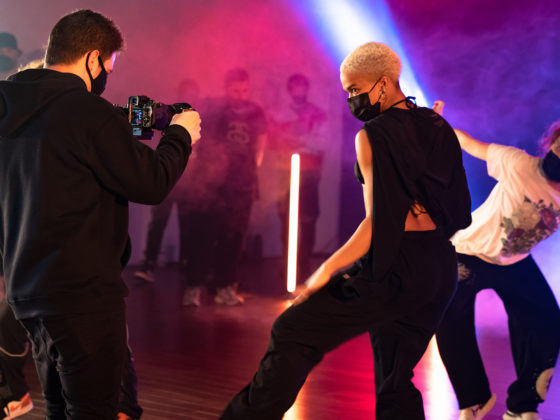
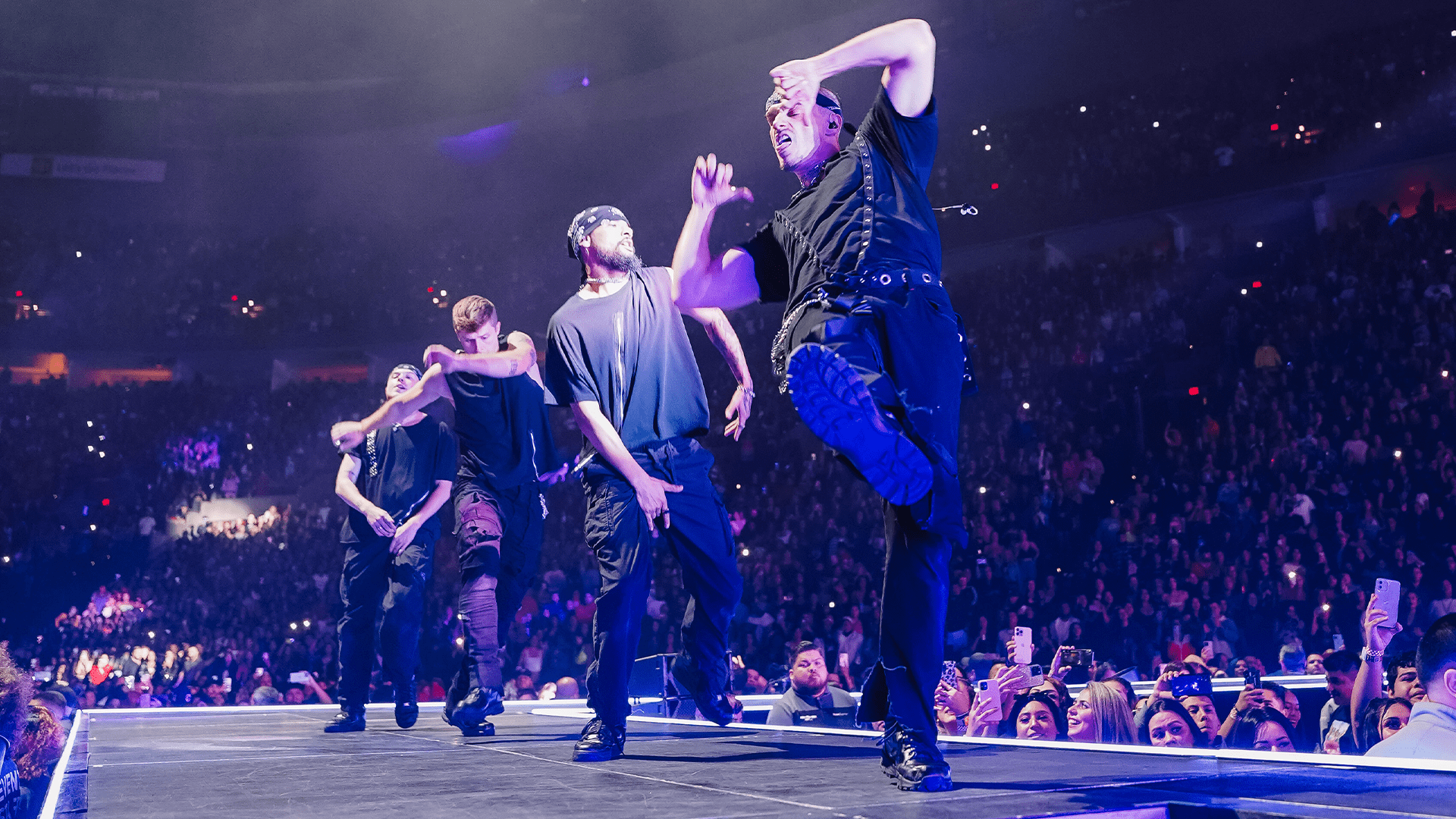

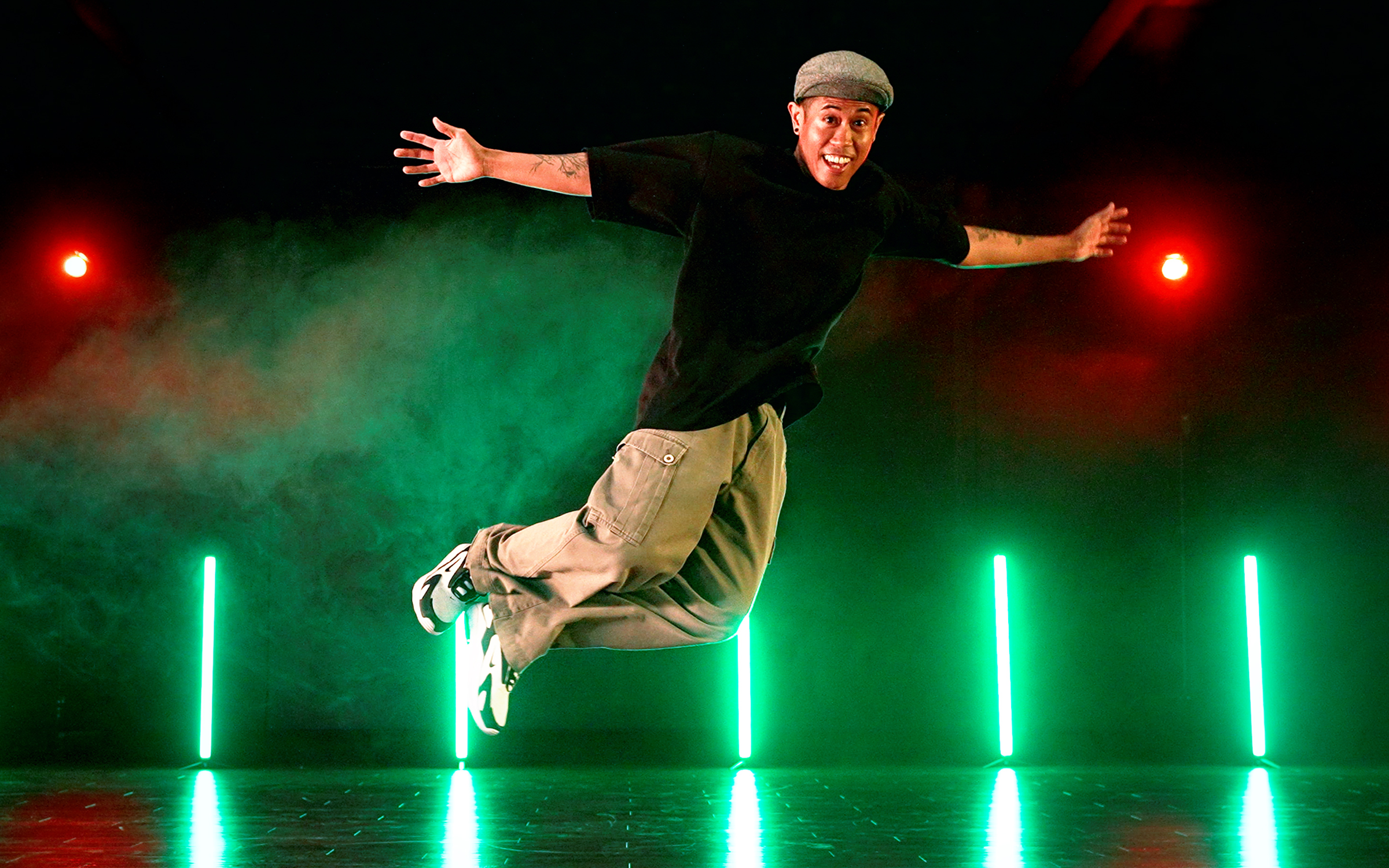

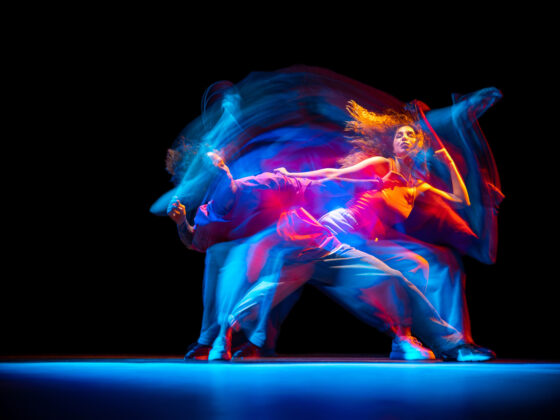
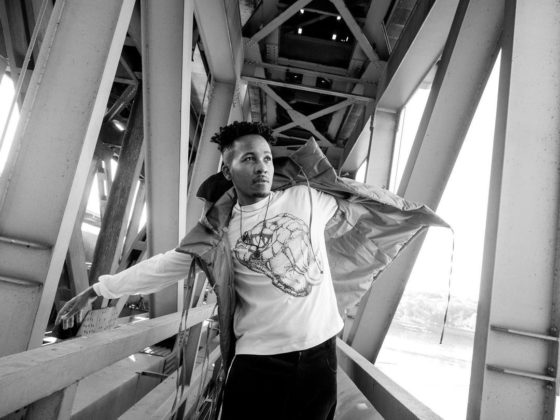
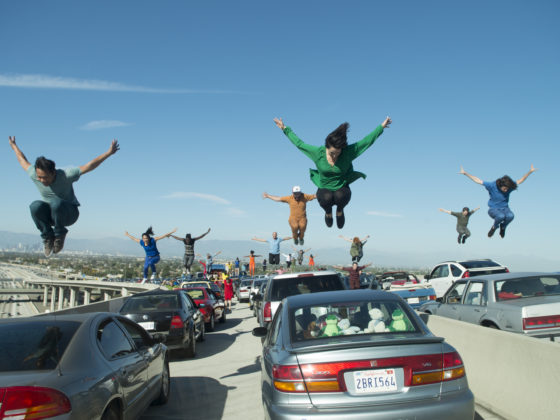
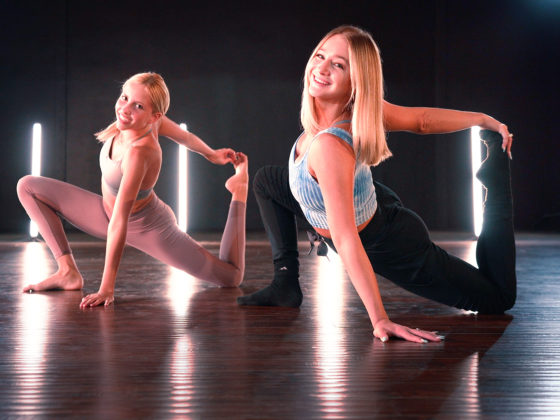
1 comment